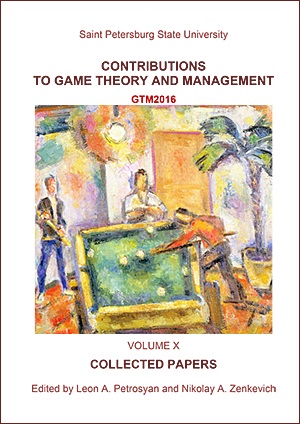Integrative Approach to Supply Chain Collaboration in Distribution Networks: Impact on Firm Performance
Abstract
The study relies on previous research by Cao and Zhang (2011) and van Dijk (2016) and aims to provide theoretical insights and empirical findings on the impact of supply chain collaboration on the performance of firms and collaborative advantage as an intermediate variable in the context of the supply chain of a Russian distributor and its suppliers. The research is based on a case study of a large Russian distribution network, and it is considered to be explanatory and deductive, concerning the latent constructs in the conceptual supply chain framework. The obtained results indicate that supply chain collaboration improves collaborative advantage most significantly through decision synchronization, incentive alignment and information sharing, which in turn has a direct positive influence on operational and firm performance; moreover, a mediating effect of collaborative advantage on the relationship between supply chain collaboration and operational performance was established.
Keywords:
supply chain collaboration, distribution networks, firm performance, collaborative advantage, dimensions of supply chain collaboration, structural equation model
Downloads
References
Downloads
Published
How to Cite
Issue
Section
License
Articles of "Contributions to Game Theory and Management" are open access distributed under the terms of the License Agreement with Saint Petersburg State University, which permits to the authors unrestricted distribution and self-archiving free of charge.




